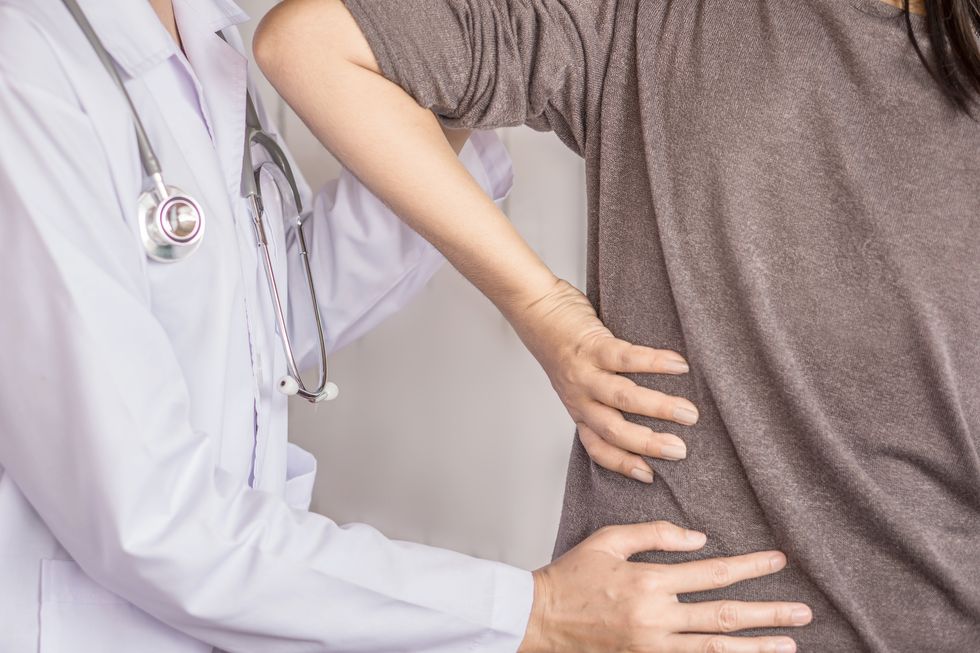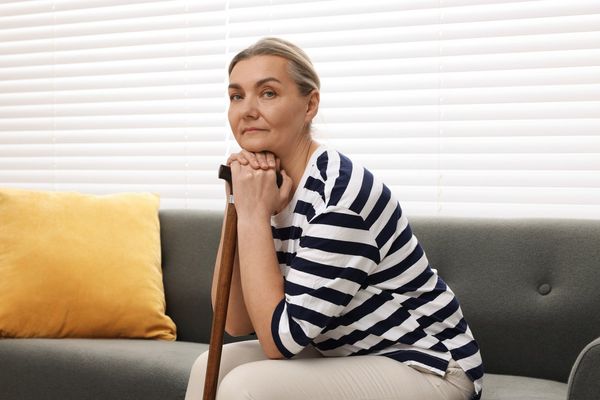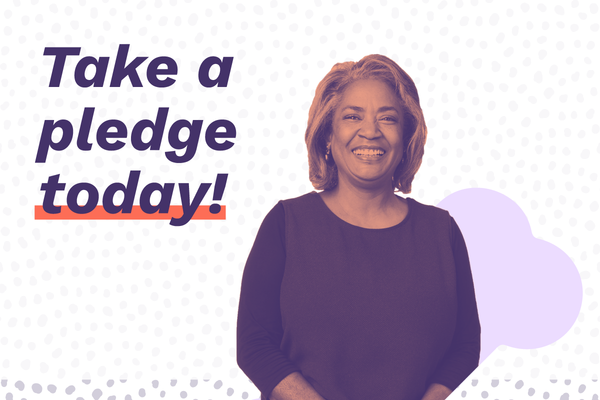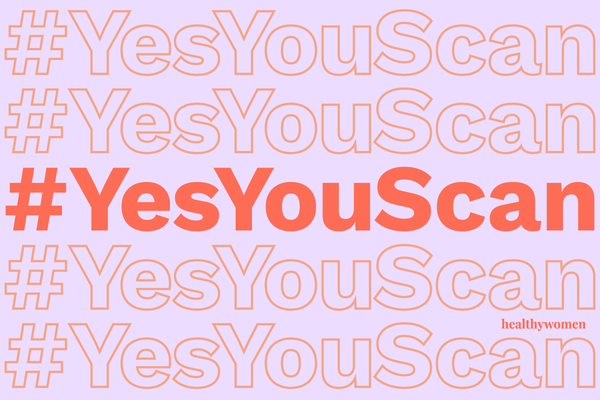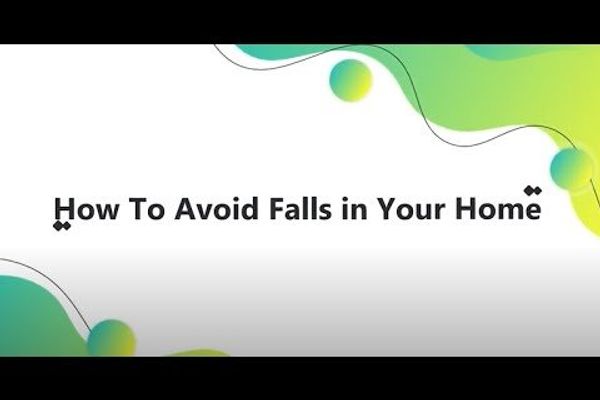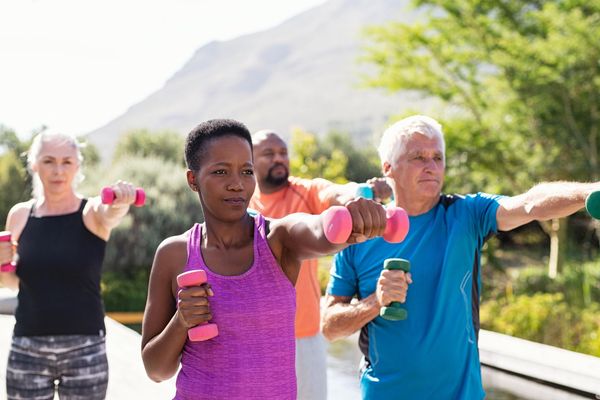What Are Vertebral Compression Fractures?
Vertebral compression fractures (VCFs) are the most common fracture in people with osteoporosis, affecting about 750,000 people annually, says the American Association of Neurological Surgeons. VCFs affect about one-quarter of postmenopausal women in the United States. The risk of this condition increases with age; about 40 percent of women age 80 and older are affected.
VCFs happen when the bony block or vertebral body in the spine collapses. That can lead to severe pain, deformity and height loss. These fractures happen more commonly in the middle portion of the spine.
Typically, a VCF occurs without an injury or pain. It can be caused by something as insignificant as a sneeze. One of the first signs of a VCF is height loss. Think about whether your adult children seem taller. Do you need to hem pants you've worn for years? Are you suddenly unable to reach a shelf? This means you've likely experienced a VCF.
Risks if VCF Is Left Untreated
A VCF is painful. People who've had one VCF are at five times the risk of having a second one. Risk for death goes up to more than 50 percent after a year of vertebral fracture.
Each broken vertebra raises the risk for another since it changes how weight is balanced on the spine. You'll experience pain in your back and chest since these muscles have to work hard to hold you upright. It gets more difficult walk. You develop stomach troubles and difficulty breathing. If you do nothing, you may experience disability.
How It Is Treated
Current therapies for vertebral fractures include nonsurgical and surgical treatments. Nonsurgical management includes analgesia, bed rest, physiotherapy, and back bracing.
Another option is balloon kyphoplasty (BKP), a minimally invasive surgery that can stabilize a fracture or compressed vertebrae due to osteoporosis, cancer or noncancerous tumors. It can reduce your back pain from a spinal fracture and restore vertebral height and proper spinal alignment. Other benefits include improved mobility, ability to perform daily tasks and better quality of life. During the surgery, balloons are used to elevate the fractured or compressed vertebra to return it to the correct position. The balloon creates a cavity that is filled with a special cement to prevent collapse from happening again. Good candidates are people with severe pain, those too frail or old or with bones that are too weak for spinal surgery, or younger people who have osteoporosis caused by steroid treatment or a metabolic disorder.
Although the complication rate for BKP is low, as with most surgical procedures, serious adverse events, some of which can be fatal, can occur, including heart attack, cardiac arrest (heart stops beating), stroke, and embolism (blood, fat, or cement that migrates to the lungs or heart). Other risks include infection; leakage of bone cement into the muscle and tissue surrounding the spinal cord and nerve injury that can, in rare instances, cause paralysis; leakage of bone cement into the blood vessels resulting in damage to the blood vessels, lungs, and/or heart. Talk to a health care provider about both benefits and risks of this procedure. A prescription is required. Results may vary.
Prevention
Maintain healthy bones
One way to prevent osteoporosis is to get enough calcium and vitamin D, the two nutrients that are essential for strong bones. Calcium is a mineral that builds bones and keeps them healthy, says the National Osteoporosis Foundation (NOF). When you don't have enough calcium, it's taken from your bones, which is why it's important to get it from what you eat. And vitamin D helps protect bones and is necessary for the body to absorb calcium, says the NOF. If you don't get enough vitamin D, you may have lower bone density and be more prone to breaking bones as you get older. Some foods rich in bone-healthy calcium and vitamin D include yogurt, cheese, milk, dark leafy greens, salmon, orange juice, almond butter and eggs.
Avoid falls
Falls are the leading cause of broken bones in older people. If you prevent falls, you prevent most fractures. Get regular eye exams to ensure your prescription is up to date. Wear properly fitting, sturdy shoes with nonskid soles. Be sure your home is brightly lit. Remove home hazards like loose rugs, floorboards or carpeting. Review your medicines with your health care professional. Some medicines or combinations of medicines may contribute to falls. For example, if you are on blood pressure medicine and your blood pressure gets too low, you may become light-headed or dizzy and more prone to falls. And keep moving with exercises like walking, swimming, yoga and more. These activities can help boost your balance, strength, coordination and flexibility.
Take the right meds
Many medications can help preserve bone health. Talk with your health care professional about which is the right one for you.
For more information about VCF, visit the National Osteoporosis Foundation.

